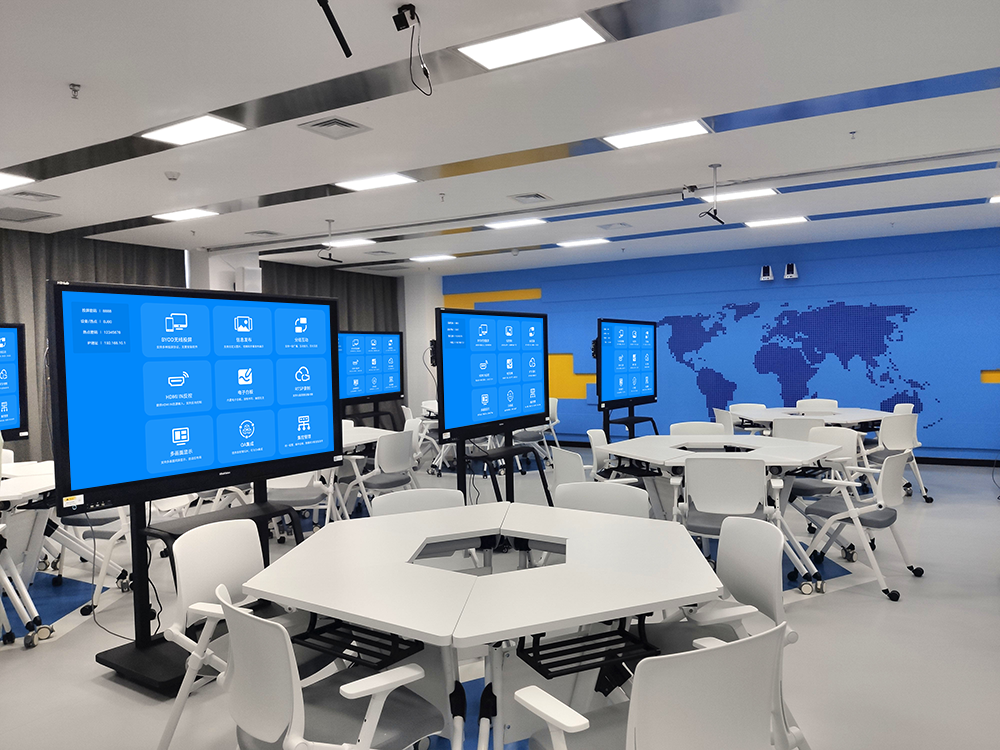In the family of
multi-screen interaction, Google Cast stands out with its unique “casting” mode, offering users a smarter and more power-efficient wireless screen mirroring option.
Unlike traditional full-screen mirroring, when playing videos or music via Google Cast, the mobile phone only acts as a remote control. The display device fetches data streams directly from the internet—this means:
- More freedom for your phone: After casting, you can turn off the phone screen, make calls, or run other apps without interrupting the playback.
- More reliable video quality: Since the display device plays content directly, it avoids lag caused by phone network fluctuations or performance issues, often delivering more stable high-definition visuals.
- More consistent operation: In apps that support Google Cast, you’ll see a unified “Cast” icon, ensuring a consistent and simple user experience.
While the casting mode is excellent, full-screen mirroring remains a must-have for scenarios like presenting PPTs, operating mobile apps, or playing games. Therefore, an ideal multi-screen interaction solution should support all three protocols simultaneously:
- Google Cast Protocol: For the optimal media playback experience.
- Miracast Protocol: For universal full-screen mirroring.
- AirPlay Protocol: Catering to users in the Apple ecosystem.
- In interactive classrooms: Teachers can use Google Cast to cast an online video, then switch to screen mirroring to explain a PPT.
- At home: Family members can take turns casting their favorite shows via mobile phones.
The integration of Google Cast with other wireless screen mirroring technologies jointly builds a flexible, powerful, and user-friendly multi-screen interaction environment—meeting users’ diverse sharing needs.

